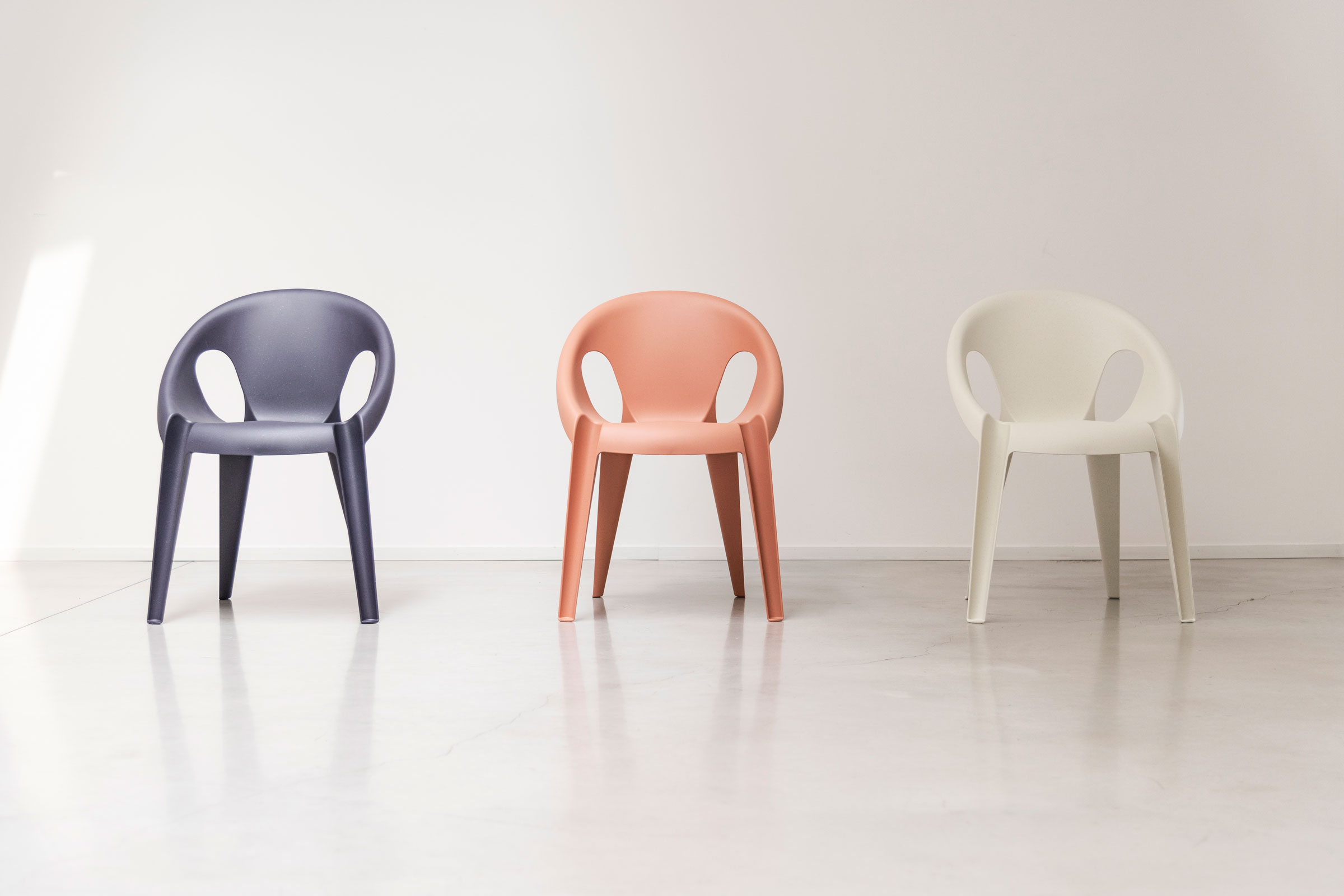Story at a glance:
- Konstantin Grcic and Magis designed the Bell Chair using industrial waste from Magis’ factories.
- The recyclable chair is durable and reliable.
- The Bell Chair is stackable and dramatically lighter than average chairs.
With just one piece of plastic, industrial design company Magis and Konstantin Grcic have taken all of the expectations for a chair and all of the environmental responsibility that comes with industrial production and made a piece of furniture that satisfies on nearly all counts.
The Bell Chair—fashioned from excess polypropylene generated in Magis’ own furniture production as well as the local car industry—is at once sleek, appealing, efficient, and lasting.
“Our aim was to develop a high-quality chair with the bare minimum of material. This target was important to us for ecological reasons, but also from a commercial point of view,” Grcic said in a press release.
Plus, the Bell Chair’s ability to stack and its simplicity of form are easily translated into a streamlined transportation design that is as aesthetically pleasing as it is efficient. The chair is available in three colors: Sunrise, High Noon, and Midnight.




